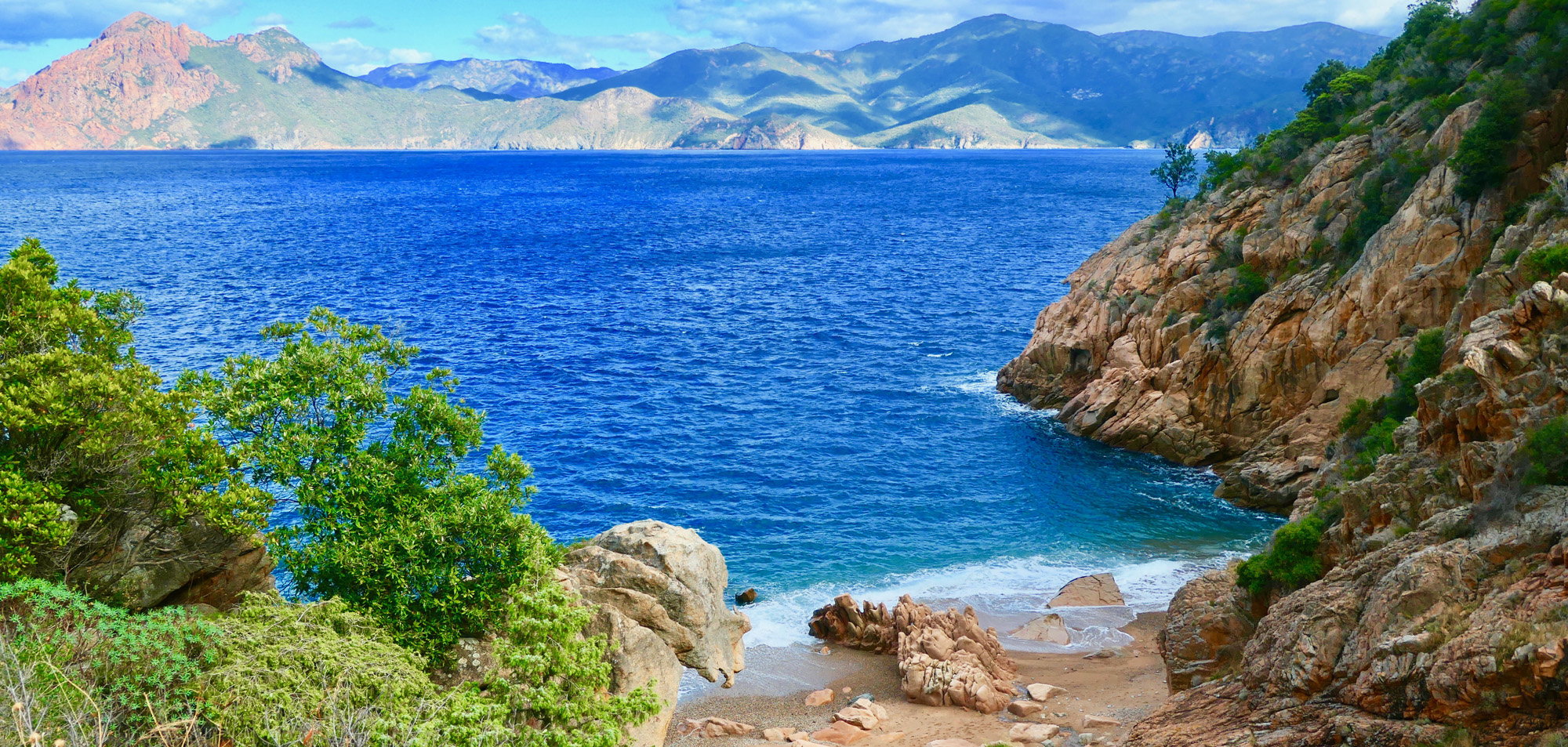
Who is the GR20 in its traditional form for?
The GR20, which crosses Corsica from Calenzana to Conca in 16 stages, requires experience of the high mountains. The route requires the use of chains and a confident gait on rocky passages and mountain ridges.
Preparation and skills required
The different sections of the GR20
- GR20 North: Starting from Calenzana (250m above sea level) or Vizzavona (900m above sea level), this section covers around 90km with 9 stages and a vertical drop of between 7000 and 8000m. The first two stages are crucial for assessing your ability to complete the route.
- GR20 South: Less demanding than the GR20 North, the GR20 South offers 7 stages on less steep paths, with a positive difference in altitude of between 4,000 and 5,000m. The paths are wider, punctuated by numerous pastures.
The importance of good preparation
It is essential to be well prepared physically and to have the right equipment. The GR20, one of the most difficult treks, requires an abstraction of comfort and rigorous preparation, taking into account the changing weather conditions in the high and medium mountains.
How old do you have to be to do the GR20?
There is no specific age limit for doing the GR20, but good physical condition and experience of mountain walking are crucial. Children should wait until they are at least 12 years old. Older people should consult a doctor and consider shorter stages.
Physical fitness requirements for the GR20
The GR20 is very demanding and requires excellent physical condition, combining endurance and adaptation to the mountains. Good training and technical and material preparation are essential. The GR20 South is slightly less technical than the GR20 North. The use of a professional guide is recommended for a safe experience.
Recommendations for optimal physical condition
- Good cardiovascular endurance: it is important to have a good capacity to supply oxygen to the muscles in order to be able to maintain a sustained walking pace for long periods.
- Good muscular strength: the GR20 has a lot of uneven and difficult terrain, so it's important to have strong muscles to cope with the steep gradients and obstacles on the trail.
- Good flexibility: hiking can call on muscles that you're not used to using, so remember to stretch regularly to avoid muscle pain and injury.
- Good physical preparation: it is advisable to train regularly before embarking on the GR20, by hiking for several hours in the mountains, doing muscle-strengthening exercises and following a specific training programme for the GR20.
Mental and physical preparation
Set achievable goals and remember that hiking should be an enjoyable experience, not just a test of strength.


